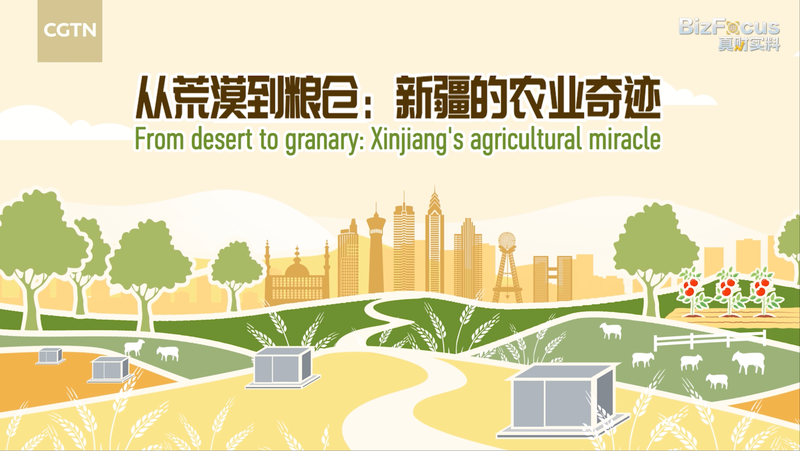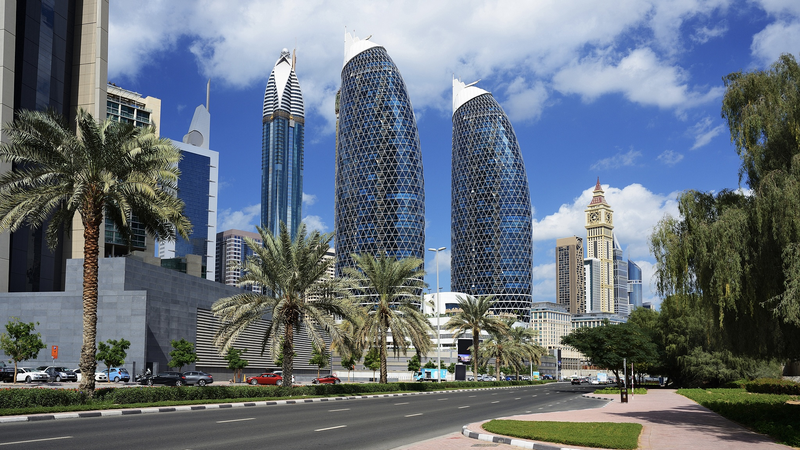Since its founding in 1955, the Xinjiang Uygur Autonomous Region has championed a bold vision: turning arid landscapes into fertile fields. Today, this gateway on the Silk Road supplies one-sixth of the world’s cotton, a testament to a multi-decade push toward modern, sustainable agriculture.
Data-driven irrigation systems, solar-powered greenhouses, and drone monitoring are just a few of the tools fueling this transformation. Mechanization rates have soared, with smart tractors and harvesters replacing age-old manual labor, cutting water use by nearly 30% while boosting yields across wheat, corn, and cotton.
Local entrepreneurs and scientists are pioneering high-tech seed varieties that thrive in extreme climates, attracting young innovators eager to solve global food security challenges. Their work doesn’t stop in the fields—agriparks now host research labs and workshops where fresh ideas meet real-world needs.
Beyond crops, economic restructuring and cultural tourism are reshaping the region’s future. Ancient caravan routes now welcome travelers seeking authentic experiences, from vibrant bazaars to eco-friendly farmstays where guests learn traditional irrigation methods. This blend of heritage and high-tech innovation offers a blueprint for sustainable development worldwide.
As global demand for food and fiber rises, Xinjiang’s story underscores the power of data, determination, and collaboration. From desert sands to thriving granaries, the region’s agricultural miracle is feeding aspirations—locally and across continents.
Reference(s):
cgtn.com




